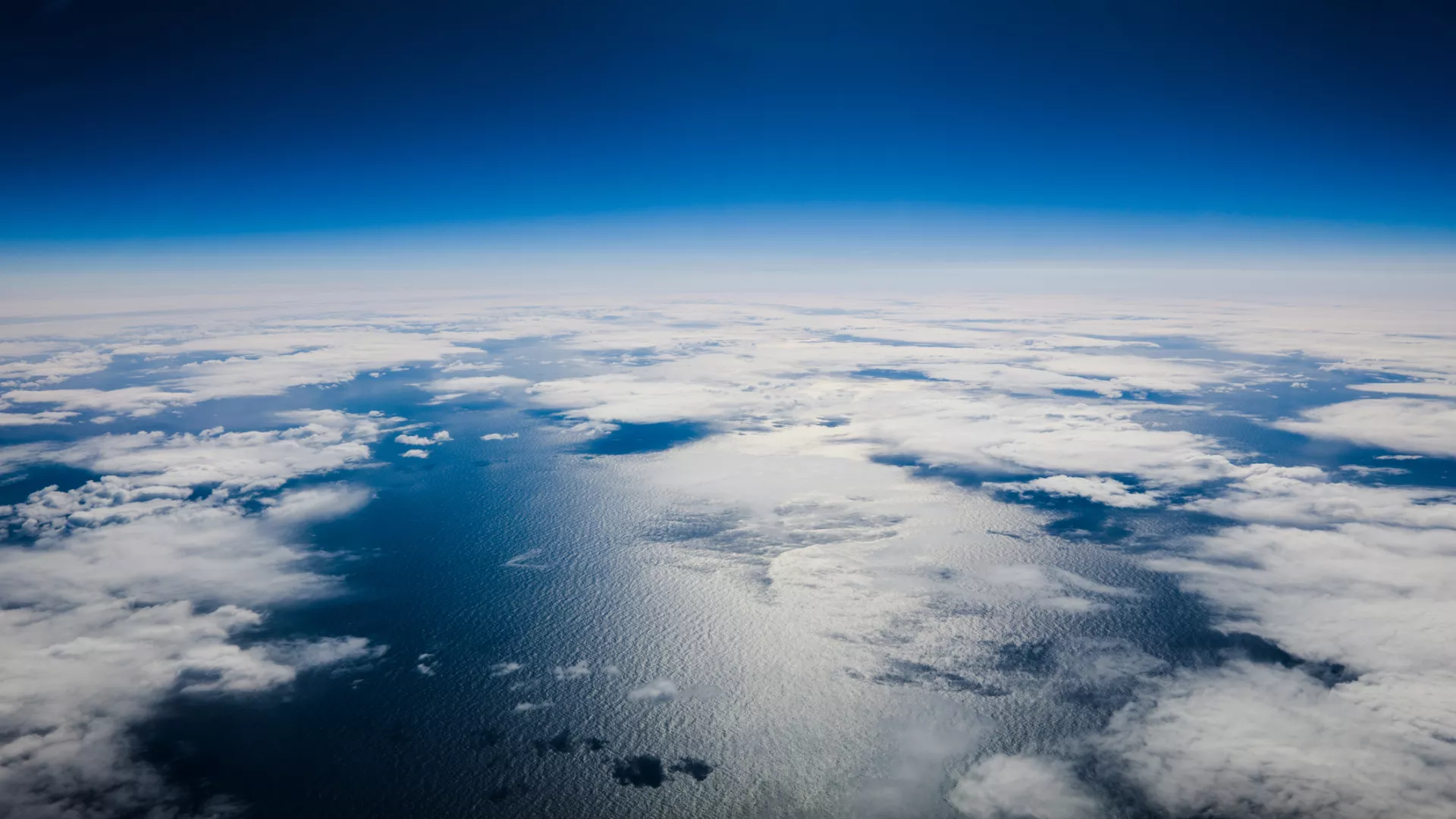Abstract:
Giant kelp (Macrocystis pyrifera) a keystone species in the coastal Southern California Bight (SCB), supports hundreds of marine organisms and stores significant quantities of carbon. This species is vulnerable to die-off during periods of high temperatures, low nutrients, or intense wave events. Due to its rapid growth rate and minimal nutrient requirements, demand for farmed kelp has surged as a source of food, medicine, biofuel, and potentially carbon sequestration, among other applications. Although efforts to cultivate kelp are progressing, there are ongoing questions about its impacts in the SCB, especially given its non-uniform response to a recent Marine Heat Wave (MHW). Anthropogenic nitrogen, which reaches levels comparable to nitrogen from upwelling in the coastal SCB, has been proposed as a contributing factor to kelp’s resilience in this region.
We employ a high resolution physical biogeochemical model to investigate the influence of anthropogenic nutrients on kelp within the SCB. Our findings indicate that during the 2014-2015 MHW, kelp forests with anthropogenic nutrient influence have greater area. We also detected anthropogenic nutrients sufficient to support kelp growth throughout the mainland and Channel Island regions. Understanding that kelp is resilient to the influence of anthropogenic nutrients, we utilized our high-resolution nutrient data to create a kelp farm suitability model. This model identifies highest suitability regions in Santa Barbara and Santa Monica Bay. Our study advances the understanding of kelp growth and resilience, thereby informing natural kelp tolerance conditions and aiding in the selection of sustainable farm sites.

